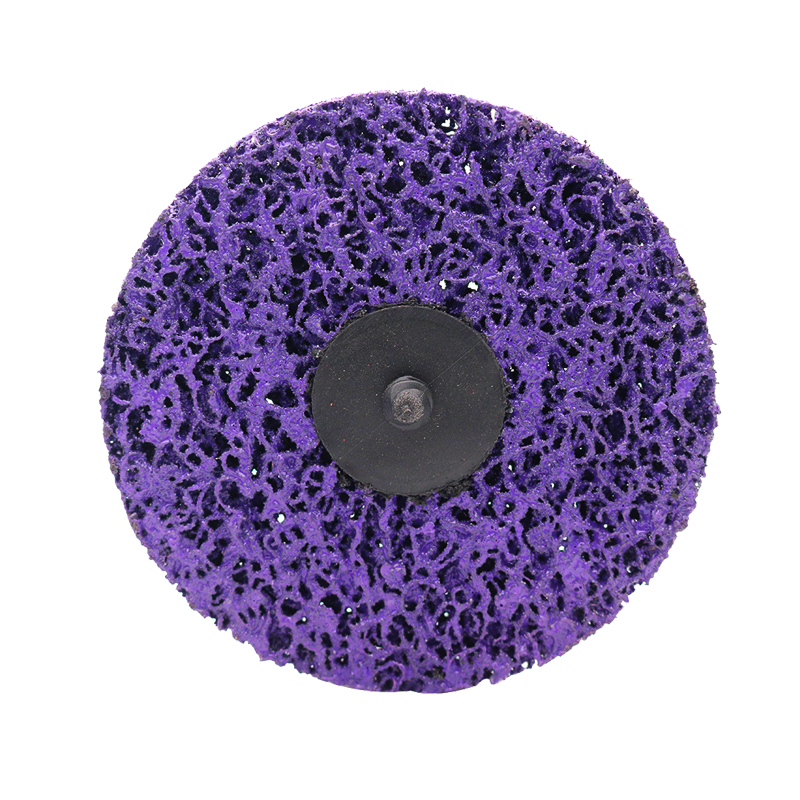

The market demand and supply chain factors also influence the cost of stone cutting discs. Seasonal demand peaks in the construction industry can lead to price fluctuations. Additionally, global events impacting raw material availability or transportation can result in temporary price surges. Professionals purchasing large volumes of discs should consider market trends and potential bulk purchase discounts to optimize their expenditures. To ensure the purchased stone cutting discs meet the necessary safety and performance standards, certifications from recognized industry bodies can serve as a reliable guide. Compliance with these standards, such as ISO or ANSI, is often reflected in the pricing but ensures a baseline level of safety and performance, which is crucial for protecting both users and equipment. As a final point, maintaining a balanced perspective on cost versus quality will aid in making informed decisions when purchasing stone cutting discs. Companies should evaluate their specific needs, the frequency of use, and potential operational risks associated with lower quality products before opting for cheaper alternatives. In many cases, investing in a slightly more expensive, higher-quality product can lead to significant savings and performance benefits over time. In conclusion, understanding the nuances of stone cutting disc pricing requires careful consideration of material quality, dimensions, brand reputability, technological innovations, market conditions, and safety certifications. By navigating these variables with expertise and strategic planning, professionals can both enhance their operational efficiency and manage costs effectively, thereby optimizing their overall investment in stone cutting tools.
Post time:Feb - 13 - 2025

















